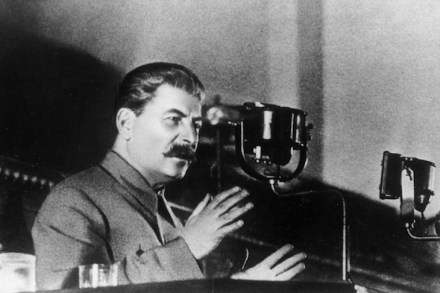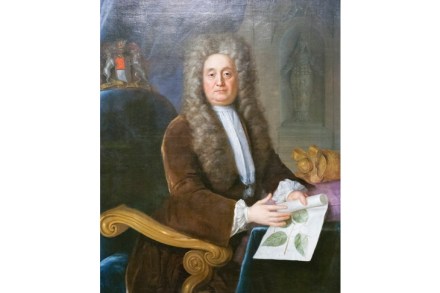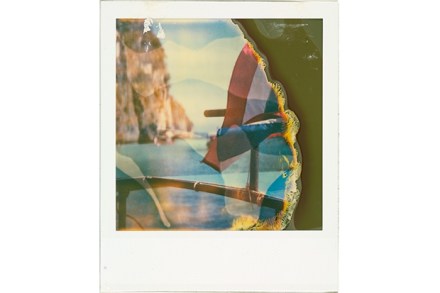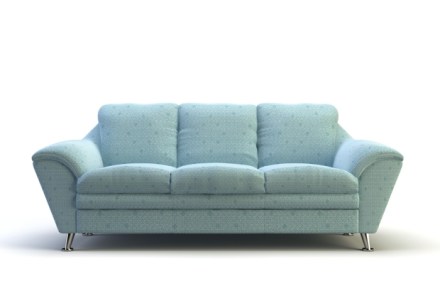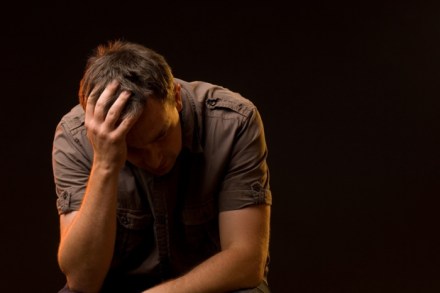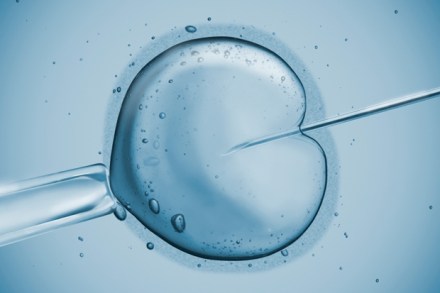My son and the back-crackers of Harley Street
All along Harley Street, charlatans and medical experts have set up side by side with no obvious way to tell them apart. The same wide steps lead up to the same glossy front doors, all with prestigious brass knobs. Each separate house is itself a layered stack of quacks and docs: radiology one floor above absence healing, flower therapy down the corridor from paediatric ENT. The magnificent Harley Street address confers a blessing on every dubious therapy. Perhaps it has a placebo effect all of its own. I know the street quacks well, or used to. My mother had a horror of antibiotics and would pack us off to Harley




